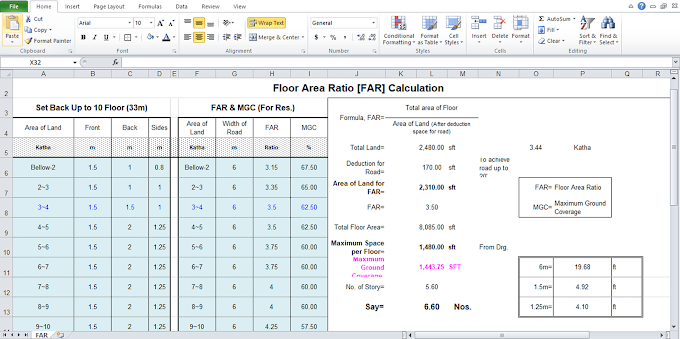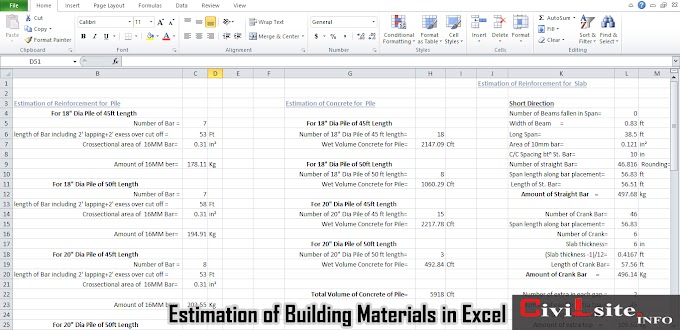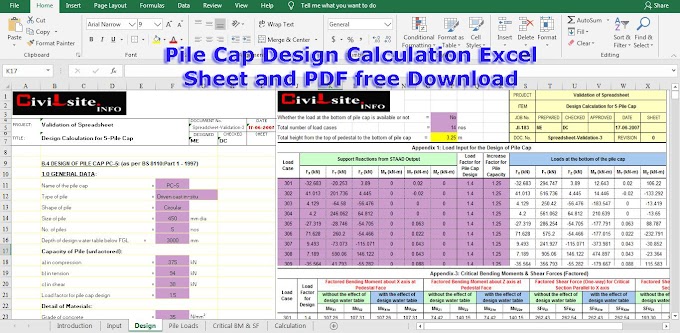Civil engineers need to know about measurements and conversion factors because they help in planning, designing, and building things like roads, bridges, and buildings. When you're working on a construction project, you need to measure distances, areas, volumes, and weights accurately.
For example, if you're building a road, you need to know how long and wide it should be. You also need to calculate how much material like concrete or asphalt you'll need. To do all this, you must understand different units of measurement like meters, kilometers, cubic meters, and tonnes.
Conversion factors are important because sometimes you might need to switch between different units. For instance, you might have measurements in meters, but the plans call for the distance to be in kilometers. Knowing conversion factors helps you make these changes accurately.
So, basically, understanding measurements and conversion factors is crucial for civil engineers to ensure that their projects are designed and built correctly.
Estimation is a standout among the most imperative things in structural building and without estimations, we can not finish any development. Here I have recorded some essential estimations and change factors which are most generally utilized as a part of structural designing. Expectation it will help you in your work.
Civil Engineering Measurements & Conversion Factors
BASIC QUANTITIES AND UNITS:
Quantity
|
Dimension
|
SI Unit
|
FPS Unit
|
Mass
|
M
|
Kg
|
Slug
|
Length
|
L
|
M
|
ft.
|
Time
|
T
|
sec.
|
sec.
|
Force
|
F
|
Newton (N)
|
Pound (lb)
|
BASIC STANDARDS:
1 meter = 39.37 inches =1.09 yards.
1 meter = 39.37 inches =1.09 yards.
1 inch = 25.4 millimeters = 2.54cm.
1 Kilogram (kg) = 2.2046 pounds (lb).
1 Kilogram (kg) = 2.2046 pounds (lb).
1 gallon (imp.) = 4.546 liters.
1 liter = 0.22 galls (imp.)
1 liter = 0.22 galls (imp.)
1 gallon (US) = 3.785 liters.
________________________________________
METRIC UNIT OF WEIGHT/MASS:
1 tonne = 1000 kilograms = 1,000,000 grams.
1 quintal = 100 kilograms = 100,000 grams.
1 Slug = 14.606 kg
1 Slug = 32.2 lb
________________________________________
MEASUREMENTS OF LENGTH:
1 foot = 12 inches.
1 yard = 3 feet.
1 furlong = 220 yards.
1 mile = 8 fulongs.
1 Kilometer (Km) = 1000 meters.
1 meter (m) = 100 centimeters (cm).
1 cm = 10 millimeter (mm).
________________________________________
METRIC UNITS FOR LIQUID MEASUREMENTS:
1 liter = 1000ml.
1 liter = 1kg.
1 kiloliter (1000 liters) = 1 cubic meter/ 1 cu.m/ 1 m3.
________________________________________
CONVERSION FACTORS:
1 cu. ft. = 28.317 liters.
1 cu. ft. = 0.028 cu. meters.
1 cu. ft. = 6.24 galls (imperial).
1 cu. ft. = 7.48 galls (US).
1 imp. gall = 1.20 galls (US), liquid.
1 imp. gall = 1.03 galls (US), dry.
________________________________________
MEASUREMENTS OF AREA:
1 Acre = 43560 sq. ft
1 Acre = 4046.46 sq. m
1 Acre = 8 Kanals.
1 Kanal = 20 Marlas.
1 Marla = 225 sq. ft (* in some regions 272 sq. ft)
1 Marla = 15.50 sq.m
________________________________________
MISCELLENIUS CONVERSION FACTORS:
1 cu.m = 35.32 cu.ft.
1 Pound = 4.448 Newton (Force).
1 klb = 4.448 kN.
1 Psi (lb/sq.in) = 6.689 Pascal (N/sq.m)
1 (lb/sq. ft) = 0.048 (kN/sq.m)
In conclusion, for an civil engineer, knowing about measurements and conversion factors is essential for accurately planning, designing, and constructing various infrastructure projects such as roads, bridges, and buildings. These skills help ensure that projects meet specifications and are completed successfully.













2 Comments
Very Good ........
ReplyDeleteAwesome article! I want people to know just how good this information is in your article. It’s interesting, compelling content. Your views are much like my own concerning this subject. automotive paint systems
ReplyDelete